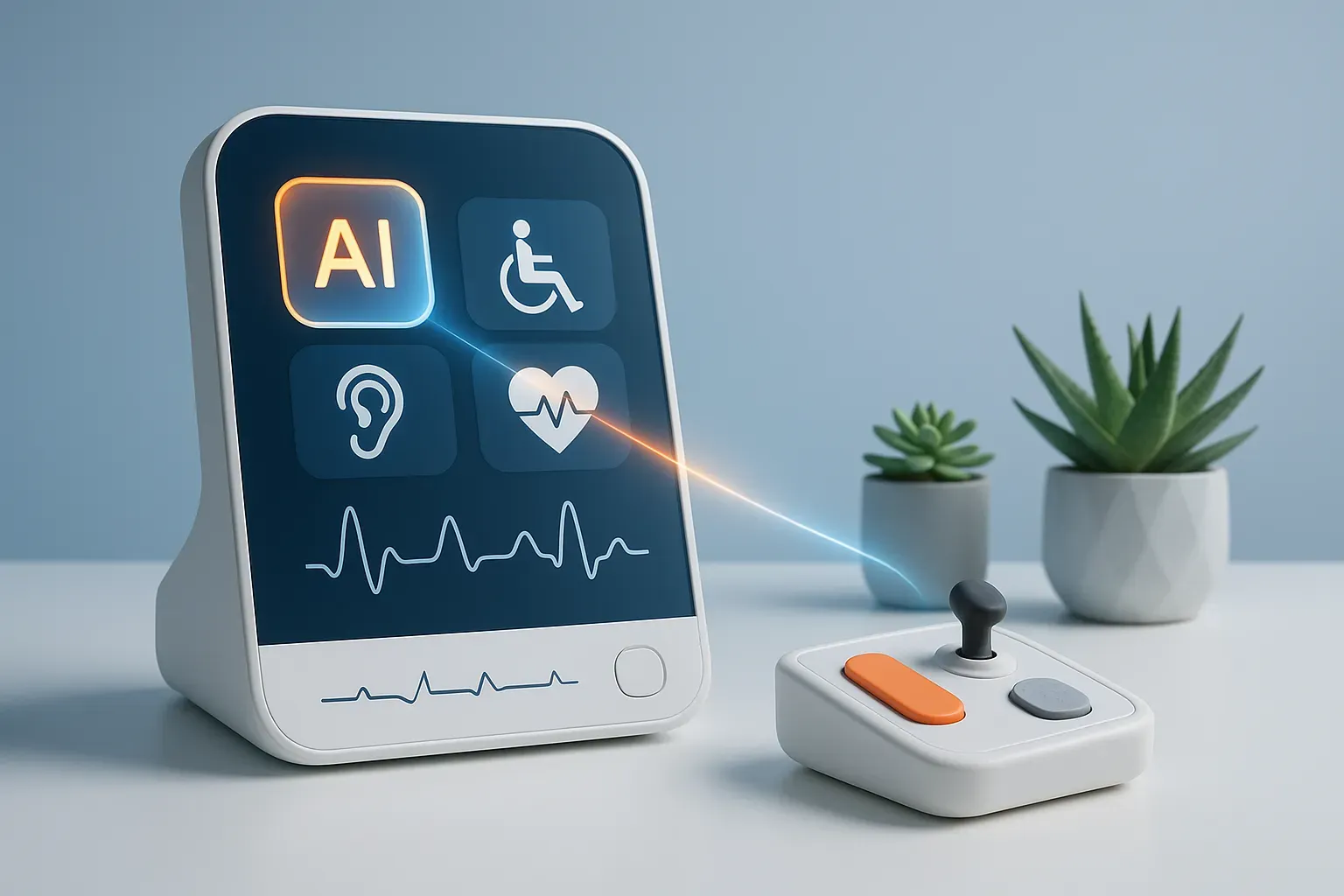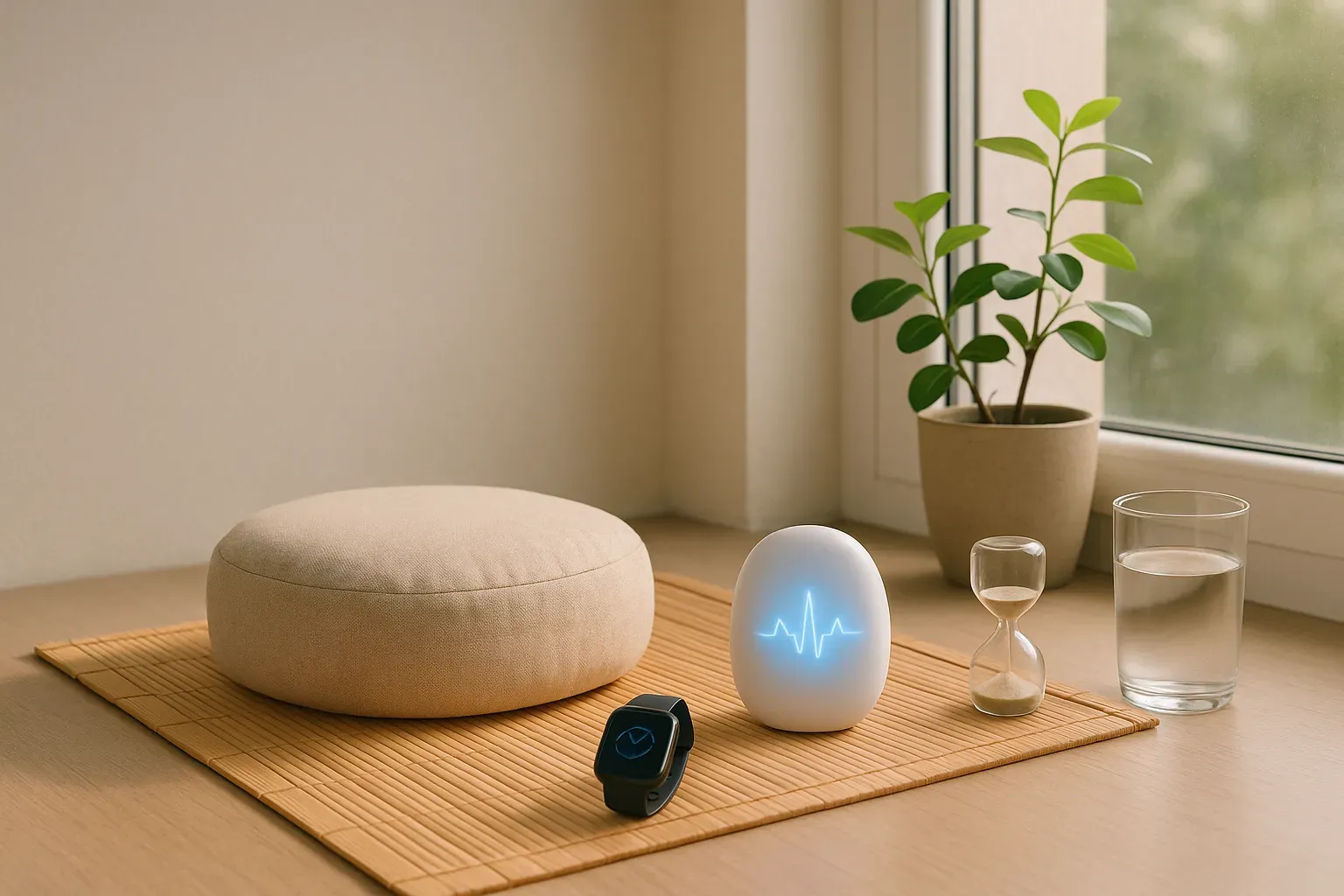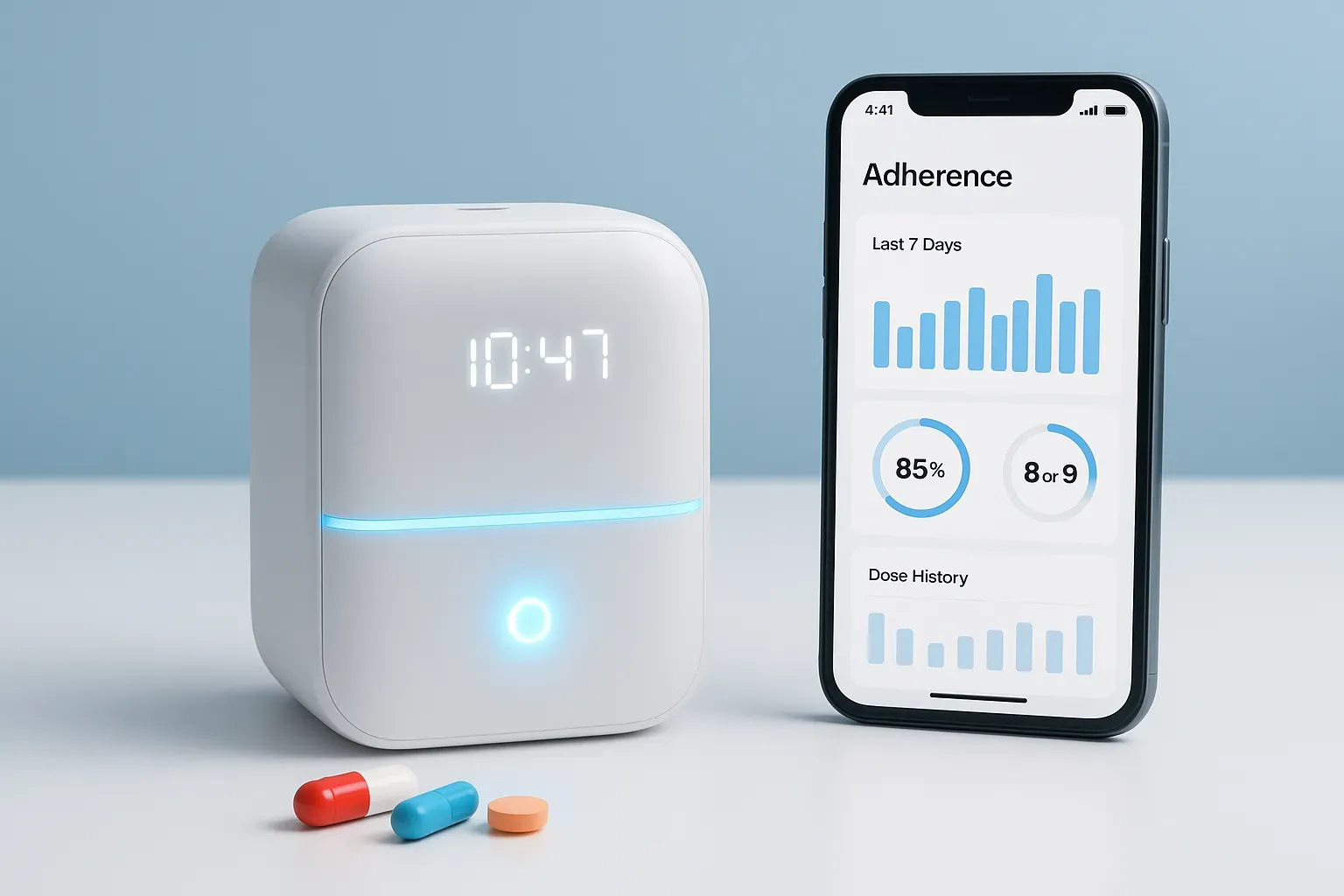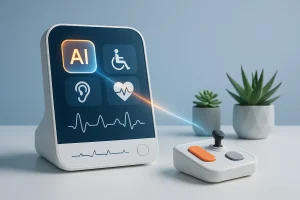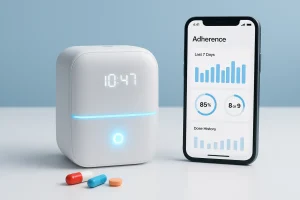Healthcare organizations face growing challenges protecting patient data as AI becomes more prevalent, according to industry experts. Implementing specific security measures such as data minimization and role-based access creates multiple layers of protection beyond standard compliance requirements. Leading specialists recommend combining technical solutions with transparent communication strategies to build and maintain patient trust while leveraging AI’s benefits.
- Building Global Compliance Into Core Architecture
- Data Minimization Reduces AI Security Risks
- AI Creates Accountability Layer Beyond Compliance
- Role-Based Access Enhances Patient Information Security
- Privacy-First Mindset Builds Patient Trust
- Transparent Communication Fosters Patient Confidence
- Mask Before Model Shields Patient Details
- AI Detection With Human Auditing Protects Data
Building Global Compliance Into Core Architecture
Yeah, that’s a big one. Building for a global audience, especially in healthcare, is a whole different level of complexity. But honestly, from day one at Carepatron, we knew we weren’t just building for one country or one type of practitioner. We were building for a world of difference, with different regulations, workflows, and cultural expectations around privacy and care.
What’s made that possible is embedding flexibility and compliance deep into the product architecture. It’s not an afterthought. Whether it’s HIPAA in the US, GDPR in Europe, AHPRA in Australia, or POPIA in South Africa, we treat those not as checkboxes but as design principles. We’ve built a system that adapts to the practitioner, not the other way around.
The way I see it, that’s the only way to scale ethically in healthcare. One size fits all doesn’t work when you’re dealing with personal, sensitive data and unique clinical standards. The best practice we follow is building compliance into the core of the system. It’s not glamorous, but it’s what allows Carepatron to support teams in over 150 countries with confidence.
If we want to be a truly global platform, we have to operate like a local solution in every region. That mindset has shaped everything from our infrastructure to how we manage consent, and it’s what keeps us grounded as we grow.

Data Minimization Reduces AI Security Risks
AI has changed the game for us in more ways than one. Before, a lot of our focus was on securing static systems, electronic health records (EHRs), firewalls, and strict user permissions. But with AI, especially the newer tools that analyze, predict, and even automate administrative tasks, there’s a more dynamic risk landscape. We now have to think not just “who can access data” but “how data flows, is processed, and is transformed by models.”
A best practice many organizations are adopting is to implement data-flow mapping paired with data minimization. Before deploying any AI solution, chart where information moves, how it’s transformed, and who can see it. Then ask: “What is the smallest amount of data this tool needs to work?” De-identifying patient information before it’s fed into AI models drastically reduces exposure if a breach occurs.
Finally, don’t treat security as a one-and-done step. AI systems evolve, and so should privacy safeguards. Periodic audits, staff education, and close review of vendor agreements help keep standards high, and reassure patients that their trust in modern tools is well-placed.

AI Creates Accountability Layer Beyond Compliance
Healthcare providers today are extremely critical and attentive about patient privacy and data security. And with AI redefining the privacy and security aspects, it has become quite easier and smoother to operate with precision and efficiency. I think AI has given a new perspective altogether to safeguarding patients’ privacy and sensitive data.
As a healthcare software development company, we’ve been approached by several providers who seek advanced privacy and security systems. Now, we integrate AI technology into our customized solutions to detect risks and threats automatically and safeguard sensitive PHI. One practice that we adopted when integrating AI into health systems is treating AI not just as a tool but as a layer of accountability. Our approach is to pair automated decisions with human oversight. This gives an assurance that privacy isn’t just a compliance requirement but part of the culture across every project we work on.
Moreover, our customized solutions are also HIPAA and GDPR compliant. Adherence to these protocols also ensures proper protection against privacy and security threats.
As a leader, my takeaway from this is that security is not something you “set and forget”—it’s something you earn every day by pairing AI with transparency and trust.

Role-Based Access Enhances Patient Information Security
AI has transformed our approach to patient privacy and data security by significantly raising the stakes. As these tools rapidly analyze reports, medical images, and patient histories, our responsibility to safeguard sensitive information has intensified. In my practice, we position AI as a supportive tool rather than a substitute for clinical judgment, ensuring all data remains within secured, encrypted platforms.
Transparency with patients is paramount. I take time to explain data collection purposes, utilization methods, and security protocols, especially when working with children and their families. This straightforward communication builds the foundation of trust in our practice.
The best practice I’ve implemented is limiting data access to strictly need-to-know information based on care requirements. We’ve made privacy protection a collective team responsibility through role-based access controls, secure communication channels, and regular protocol reviews. While AI enhances our diagnostic efficiency and follow-up care, its true value emerges only when patients feel confident their personal information remains protected in our care.

Privacy-First Mindset Builds Patient Trust
AI has transformed the way I approach patient privacy and data security by allowing me to deliver more precise care while requiring me to be even more intentional about protecting sensitive information. In ophthalmic plastic surgery, we work with highly detailed images and personal health data, and while AI helps streamline analysis, it also raises important responsibilities around how that information is stored, accessed, and safeguarded.
Key practices I emphasize in my approach:
Adopt a privacy-first mindset – every new AI tool is first evaluated on encryption, access control, and data retention before its clinical benefits.
Limit access to sensitive data – only those directly involved in a patient’s care can view their information.
Anonymize whenever possible – imaging and data are de-identified to protect patient identity when used for analysis or training.
Maintain transparency with patients – openly explaining how AI is used and how data is secured helps build trust and confidence.
During a recent consultation for eyelid surgery, a patient expressed concern about how her before-and-after photos would be stored and whether they might be shared without her consent. I explained that our AI system encrypts the files, keeps them accessible only to her care team, and never uses them outside her treatment plan without explicit permission. Knowing her images were secure helped her feel more comfortable proceeding with care.
That experience reinforced for me that privacy isn’t just about compliance – it’s central to patient trust. AI has enhanced the way I practice, but safeguarding privacy will always remain non-negotiable.

Transparent Communication Fosters Patient Confidence
In my consultations, I always let patients know when I’m going to use AI to improve the healthcare I provide. I tell them directly, before I do anything, that I may use an AI tool to help improve the quality of care, whether it is for organizing notes or helping me with medication interactions. Even if the tool is just helping me summarize notes or organize information, I still feel it is important that the patient knows how their data is being handled. It’s just part of being transparent with the patient. With this I have found that patients actually appreciate the honesty and feel more confident knowing how their information is handled. It’s not about making it complicated, it’s just being honest and respectful of their data.

Mask Before Model Shields Patient Details
AI has pushed us from “encrypt everything and hope” to privacy by design: collect less, process locally when possible, and prove not just promise that sensitive data is handled safely. We treat AI models like subcontractors under strict scopes, logs, and data residency rules, and we design every workflow so a model never needs to see raw patient details to be useful.
One best practice that’s changed everything is Mask before Model (the Airlock). Before any text touches an LLM, a dedicated service detects PHI/PII (names, IDs, addresses, clinical terms) using layered rules and ML and swaps them for typed placeholders like or . The reversible mapping lives in a sealed vault with short TTLs and audited access. The model works only on placeholders. We run policy checks on the output and rehydrate the text at the very end inside a secure boundary or never, if the use case doesn’t require it. Every step is logged so auditors can see exactly who saw what, when, and why.
This “airlock” shrinks breach impact, enables safe vendor or model swaps, and speeds compliance reviews because raw patient data never leaves our control even while AI still delivers useful results.

AI Detection With Human Auditing Protects Data
AI has significantly influenced our views, particularly in terms of patient privacy and data security. With so much sensitive information now recorded digitally, we no longer only contemplate how to store the data securely; we also focus on the responsibilities that come with it. AI can identify deviations in activity behavior (i.e., potential breaches) much earlier through this technology than previous detection approaches, thus adding to the layers of protection.
One best practice we have found beneficial is using AI with well-supervised human auditing. For example, auditing who has accessed data and granted access, and confirming it is only the appropriate people, adds a layer of protection that balances efficiency versus accountability. When all is said and done, we maintain our patients’ trust by formalizing our focus on patient information, which is at least as strong as our focus on their health.



